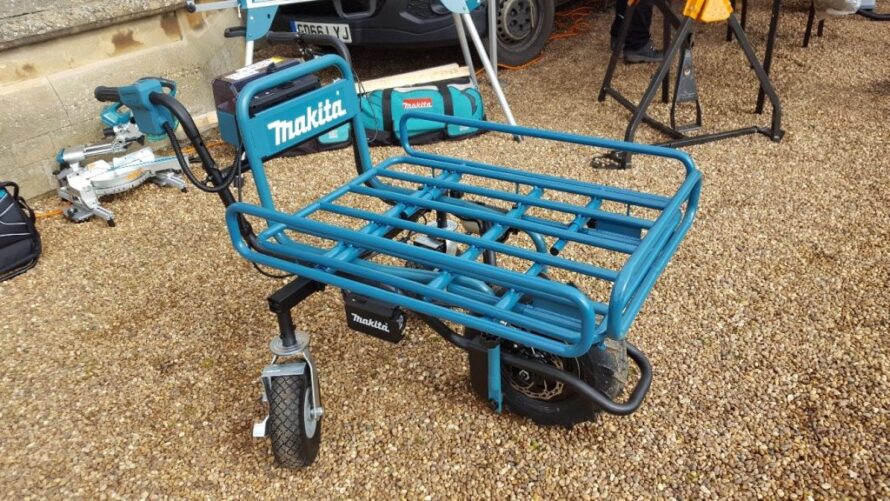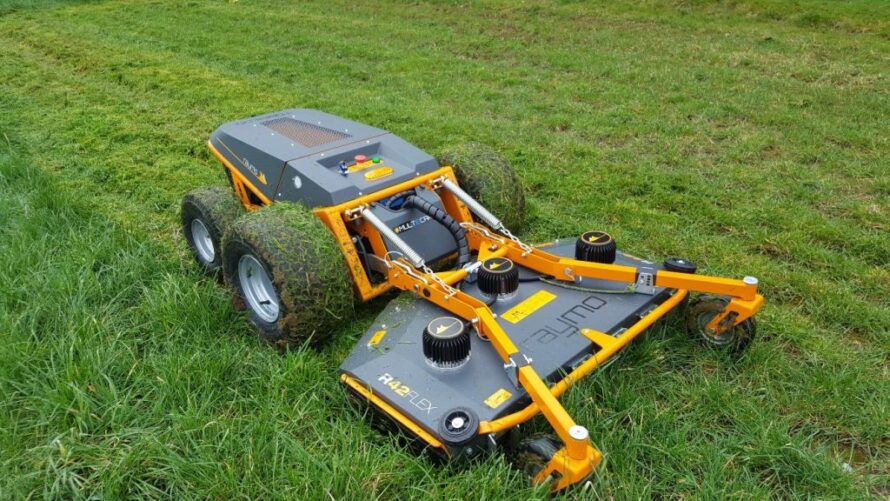Rudloe Wombles Recognised by Wiltshire Council and idverde for Community Impact
The Rudloe Wombles litter-picking group has been formally recognised by Wiltshire Council and idverde for their significant contribution to the Box Parish community.
Grounds Maintenance, Landscape Creation, Arboriculture, Sports Surfacing, Parks management, IOS Managing Safely Training, Ecology & Biodiversity, Grass cutting, Horticulture, Street Cleaning, Soft Landscaping, Hard Landscaping
idverde provides a wide range of green services, including grounds maintenance, landscape creation, and advice services, to both private and public sectors across the UK.
With the uptake in the use of electric power tools now starting to gather momentum and several of the main manufacturers updating their product lines to give smaller, more powerful and longer lasting batteries along with a more professional range of tools, all is looking good for a cleaner, quieter and safer option to 2-stroke. But, like the mobile phone industry, there is the problem of compatibility.
Similar to the mobile phones we use there is no standard approach to the way these units are charged, other than they all plug into the wall. The same is true of the batteries, which are currently not interchangeable. So, you either standardise with one manufacturer or accept that you may get problems down the line. Alternatively, if you want to use a range of equipment, then have different sites using equipment from individual manufacturers, but you may end up with a drawer full of different batteries and chargers, as is the case when we change our phones.
Things are moving very quickly in this marketplace; where there was once scepticism over the cordless drill this has now become the must-have power tool for every builder, and I can see the same happening with grounds maintenance equipment. The humble battery pack now powers everything from angle grinders to coffee makes, and power barrows to pressure washers, though I do feel some of these items are a bit of a gimmick.
I think it’s safe to say that battery power is here to stay as a viable alternative to fossil fuel, and its use will only increase as we all change our working practices in line with client demands and the need for us all to do our bit to reduce emissions and improve operator safety. So that’s all fine then, as long as the infrastructure is in place to cope with charging all these batteries as well as the electric vehicles and other equipment, and don’t forget the kettle. Suitable infrastructure will still be the Achilles’ Heel when it comes to a quick uptake.

On a more serious note, the uptake of electricity as a viable, alternative power source will require us to think and operate differently. For a start, depots will need to be laid out to accommodate vehicle/machine charging points, and as these will need to be fixed points, so there will need to be a bit more in the way of orderly parking for your vehicle fleet, unless you want miles of extension cables running across the ground. You’ll need to consider back-up batteries for your power tools as unfortunately electricity doesn’t come out of a can, though you may want to consider in-vehicle charging. Staggering the charging and utilisation of vehicles will be necessary so you don’t overload the electricity supply, and you don’t want to be in a position whereby you can’t operate because your batteries are all flat. Also, consider what you do when you run out of juice in the field.

Personally I think there is an interim step for larger equipment and vehicles – a combination of hybrid and electric power so that, as you phase out diesel, it is replaced with petrol/diesel electric hybrid powertrains, with a view to eventually going fully electric as and when the infrastructure allows, and of course the equipment becomes available. However, I still think it will mean a change to working practices and a more ‘little and often’ approach for the maintenance of grounds, and a change in the design of landscapes to accommodate the move to a new generation of equipment; solar panels on vehicles, charging points in parks?
Angus’s article is also published in the July 2020 issue of Pro Landscaper magazine.